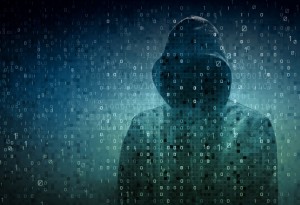What is malware? Let’s start with the basics. Malware is a broad term. It can mean computer viruses. Malware can also refer to worms, spyware, or adware. The more recent and nastiest attacks come from ransomware. As its name implies, you must pay a ransom to get your system or your data back. Malware can also mean another type of cyber pest that threatens our information networks. These cyber villains wear cyber masks. This type of nefarious malware masquerades as anti-virus software or describes itself as protection against malware. One of these masqueraders is Malware Protection Live.
How does your system become infected with Malware Protection Live? You are vulnerable to this particular malware through several methods. Maybe a user downloaded this malware unknowingly by clicking on a suspicious link. This can happen if one of your users clicks on a banner of a suspicious site. Also, advertisements on social media sites can trick users into downloading viruses. Malware often takes over user profiles on social media sites. The corrupted profile then downloads malware to other users without the original profile owner’s knowledge. By doing this, the malware hides within a virus. Then, the virus attacks the individual’s computer which threatens the entire network.
Malware Protection Live may also download from a site you think you trust. You may think you are visiting a friendly site like JavaScript or Flash Player. But, in reality, a hacker virus redirected your system to the suspicious site.
How do I know if I’m infected with Malware Protection Live? Unlike other viruses, Malware Protection Live does not hide in your computer’s system files. One day, you will turn on your computer and see an unfamiliar icon in the system tray. From the system tray, the icon runs a friendly message. It says the software will protect your system from malware. It promises to detect and remove malware before installation can occur. Then, you notice that you cannot close this message like a normal dialogue box. If you move to the task manager, you will find that the system tray icon uses about the same amount of memory as an anti-malware program. And, if you read the privacy policy (you can click on this from the same system tray icon), you will learn that this software collects personal information that it may use to send you more software products. It also collects information associated with your personal information. This all adds up to a software that collects all kinds of information: from the computer user’s personal identifiers and passwords to network information, browsing history, keystrokes and who knows what else.
How do I get rid of it? If you have SystemNet’s managed IT services that includes virus and spyware removal, you can relax. We’ve got you covered. Other anti-virus programs may not even recognize that malware has infected your system. Many anti-virus programs consider unwanted programs like Malware Protection Live as low-level threats. Advanced anti-viral protection likes ours includes a shield that protects your network from malware. The shield also protects your network from unwanted programs that enter the system without your knowledge and consent.
If we need to, we can repair your system via remote. This eliminates expensive repair delays and computers out-of-service. SystemNet’s anti-virus protection is better than a manual uninstall attempt. If it’s not done right, deleted malware often leaves dangerous files on your system. Our anti-virus software removes all the dangerous files from your system. Then it keeps on working to protect you from future infections.
If you would like to talk more about Malware Protection Live or learn more about SystemNet’s anti-virus protection, please contact us. We look forward to talking with you soon.
